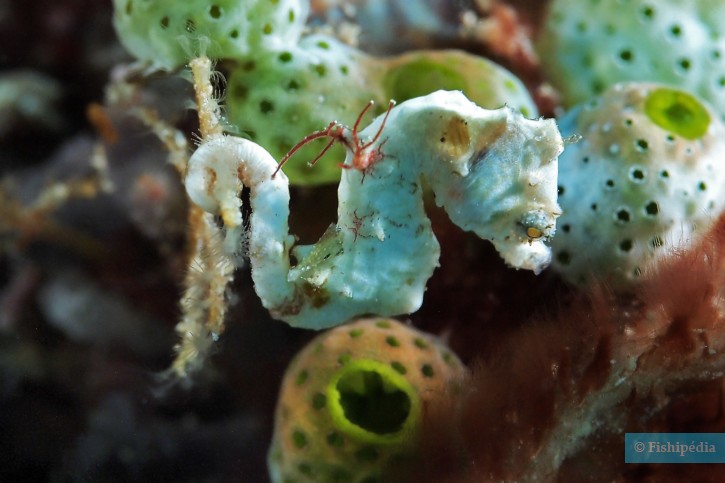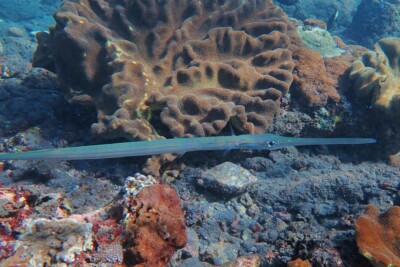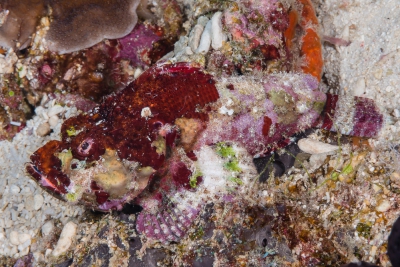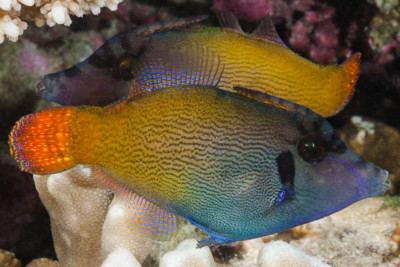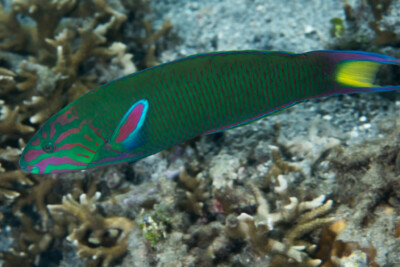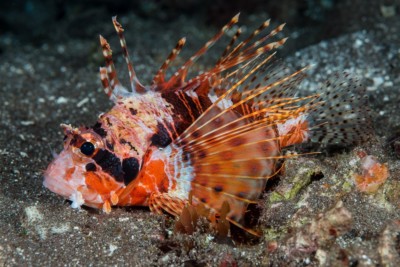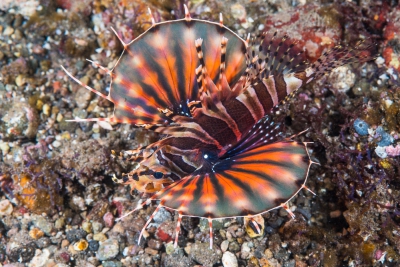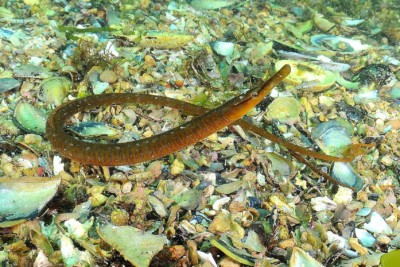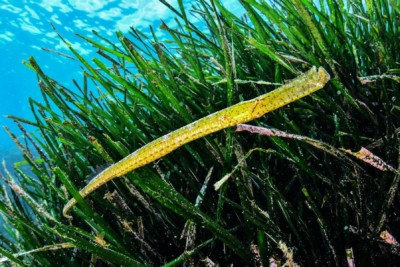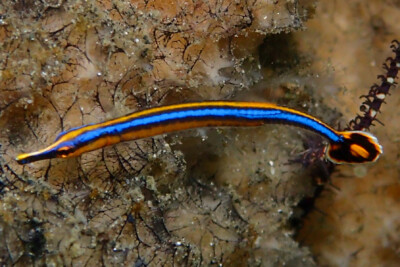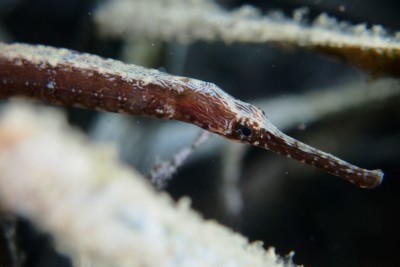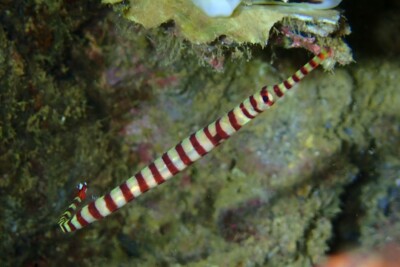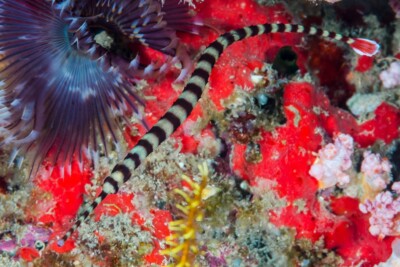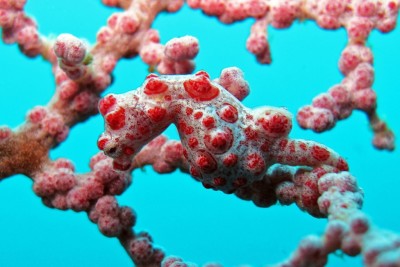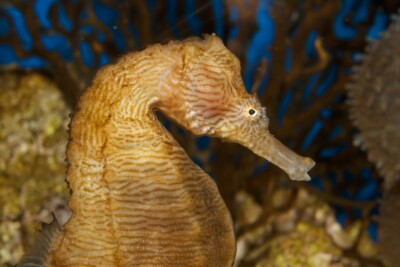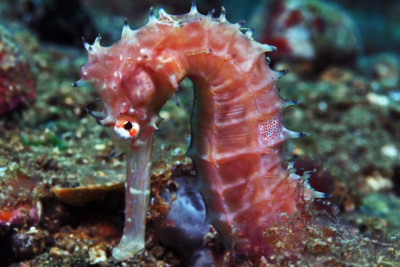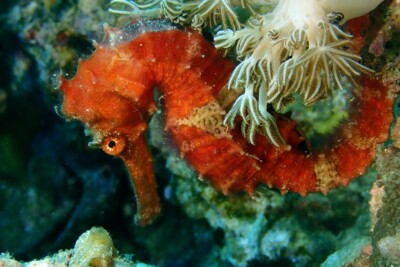coleman's pygmy seahorse
| Scientific name | Hippocampus colemani |
|---|---|
| Descriptor | Kuiter |
| Year of description | 2003 |
| IUCN category (World) | DD |
| Family | Syngnathidae |
| Genus | Hippocampus |
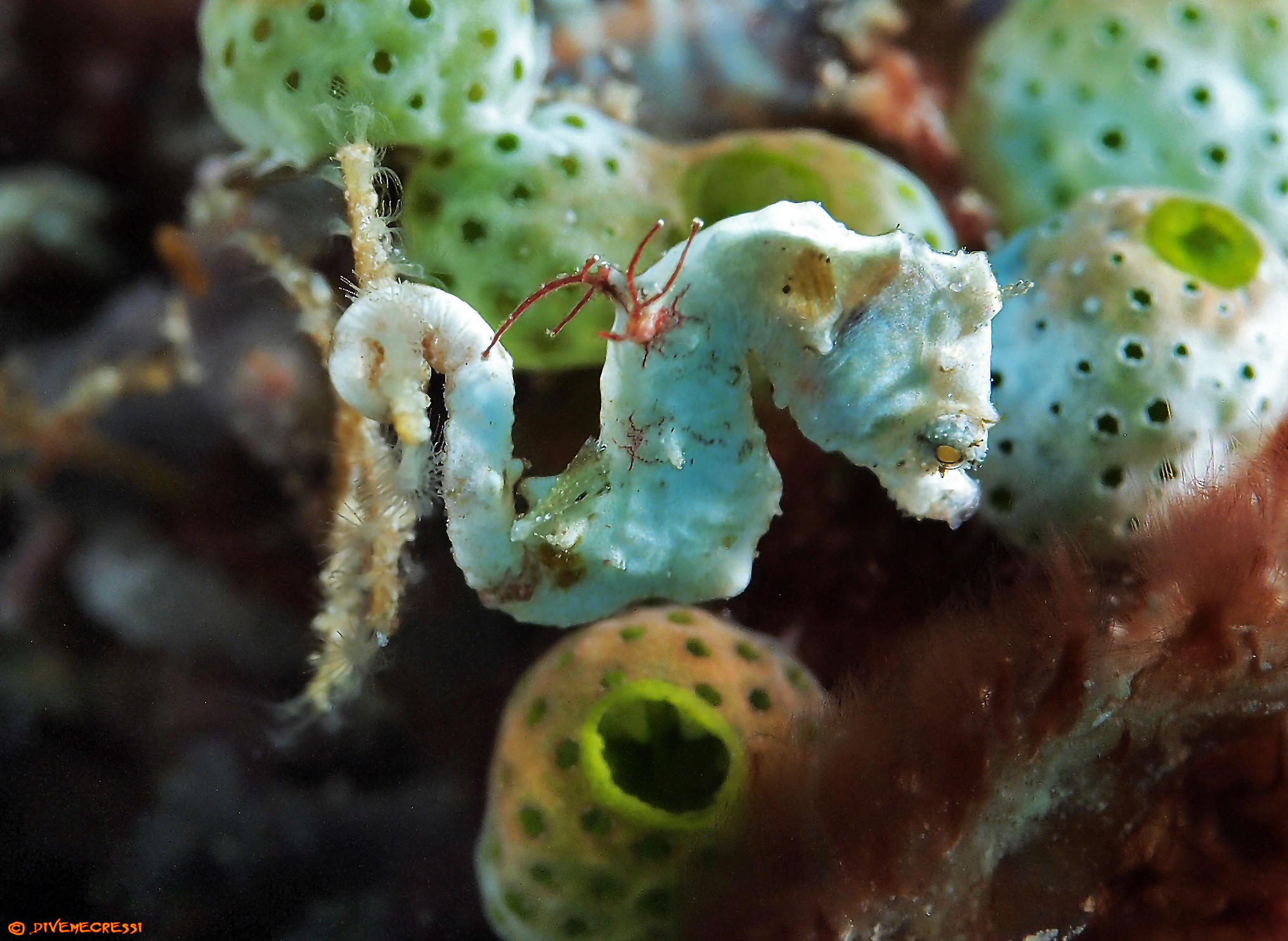

Introduction
This species is named after Neville Coleman, who discovered and photographed Hippocampus Colemani on Lord Howe Island (Australia).
It is the smallest seahorse discovered and remains relatively unknown to the scientific community. To date, it has only been encountered in the waters of the Pacific Ocean, on the Ryukyu Islands, in Papua New Guinea, and on Lord Howe Island.
The species is listed in CITES Appendix II.
Who is it?
Morphology
-
Type
-
Average size2 cm
-
Maximum size3 cm
-
Type
-
Average size2 cm
-
Maximum size3 cm
How to recognize This fish ?
This fish is one of the smallest seahorses in the world, with a size ranging between 2 and 3 cm. The body is fleshy, and the head is small, about half the length of the trunk, and strongly inclined downwards. The trunk is deep.
This species has short spines and a relatively large gill opening, slightly raised by the skin. It is located halfway down the back on the neck ridge, behind the head.
The body is pale golden yellow with circular or elliptical white marks on the trunk, outlined by thin red lines. The head is white with several dark brown bands radiating from the eye. The tail is brown with elongated red spots.
Sexual dimorphism
All males have a pouch, and the anus is positioned further from the body axis compared to females.
Behaviour & Life cycle
-
dietcarnivorous
-
Sociabilityliving as a couple or alone
-
territorialNo
-
Way of livingdiurnal
This seahorse lives at shallow depths, between 4 and 12 m, in sandy bottoms and seagrass beds. It is associated with plants of the genera Zostera and Halophilia.
Its lifestyle remains poorly understood, but it is presumed to be microphagous. Camouflaged in the vegetation, it likely feeds on microorganisms that populate the plant-covered areas.
Reproduction
-
Reproductionovovivipare
This species is ovoviviparous.
The female deposits the eggs in the male's pouch located under the tail. This pouch has villi with capillaries that surround each egg and provide nourishment to the embryos.
Harmless species
This species does not represent any particular threats to humans when encountered in its natural environment.
Origin and distribution
Conservation status of populations (IUCN)
What is its habitat?
Natural environment characteristics
-
Temperature24 - 28 °C
-
Depth4 - 12 m
-
EnvironmentActive pelagic
-
FlowSlow
Biotope presentation
The species has been found in the lagoon of Lord Howe Island off the coast of New South Wales. It frequents shallow seagrass beds (<5 meters). The associated plants feature filamentous algae also found on the seahorse's skin.
Species of the same biotope
Fishkeeping
Not recommended
We do not recommend keeping this species in an aquarium. It has unpredictable needs which, if not met, generate significant stress, potentially leading to a shorter life expectancy, an interruption of its growth or the development of pathogens.
To go further
Sources & Contributions
Participation & Validation
The Fishipedia team and specialist contributors are committed to providing high-quality content. However, although the information comes from scientific sources or testimonials from specialists, the cards may contain inaccuracies.

Silvia Gomez

Benoit Chartrer
Translation
Translation done with the valuable contribution of our translators, who make this information available to a wider audience. We sincerely thank them for their commitment.
Bibliographic references
Revision of the Australian Seahorses of the Genus Hippocampus (Syngnathiformes: Syngnathidae) with Descriptions of Nine New Species - RUDIE H. KUITER - Western Australian Museum - 2001.
Scientific partners
Tags
Species of the same family
Same genus
Species of the same biotope
